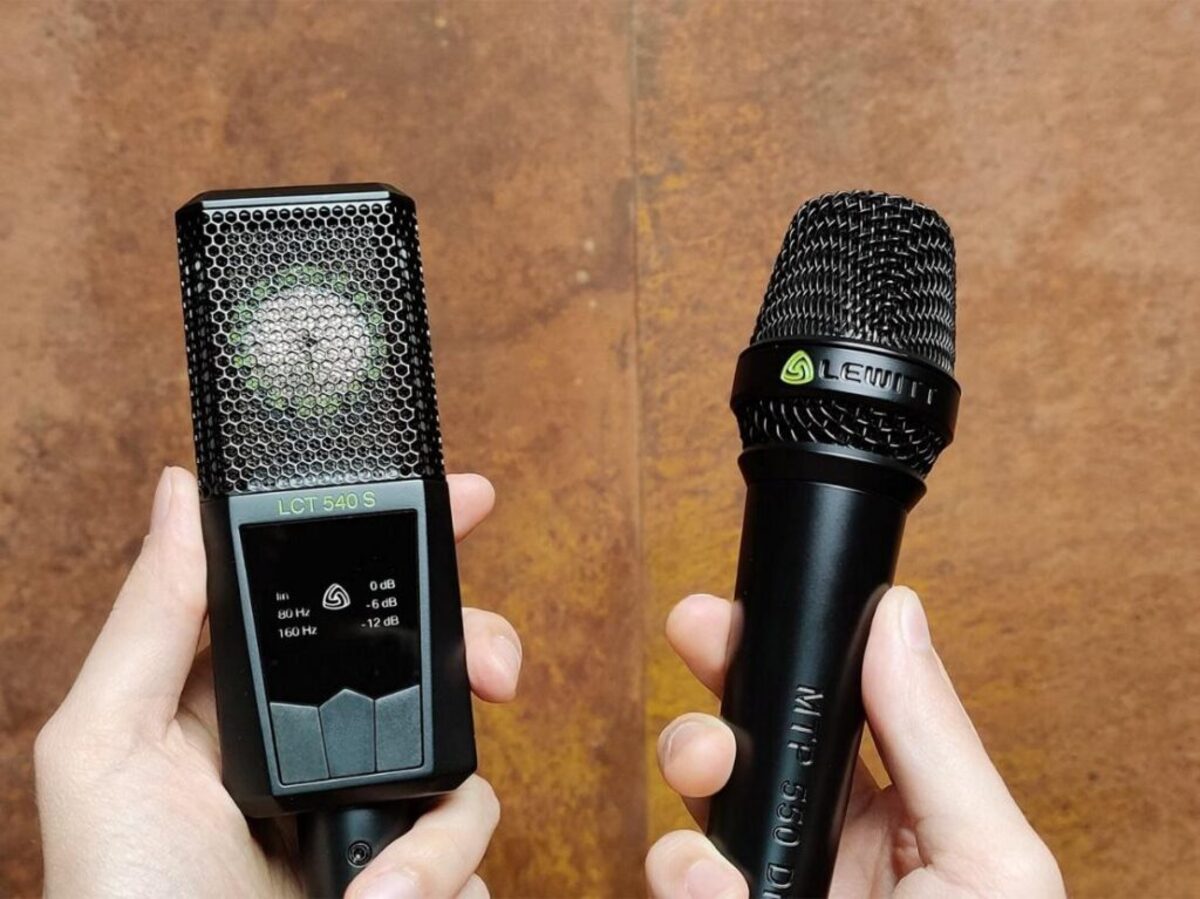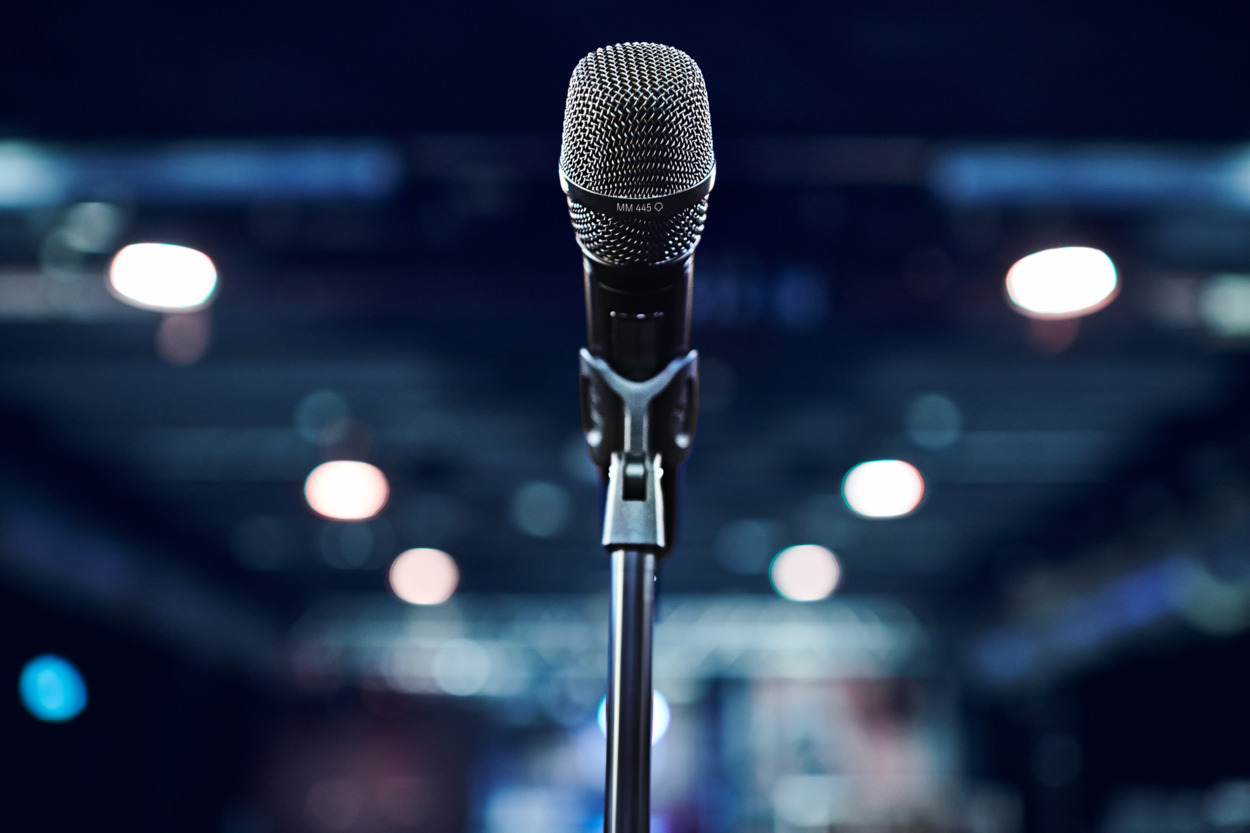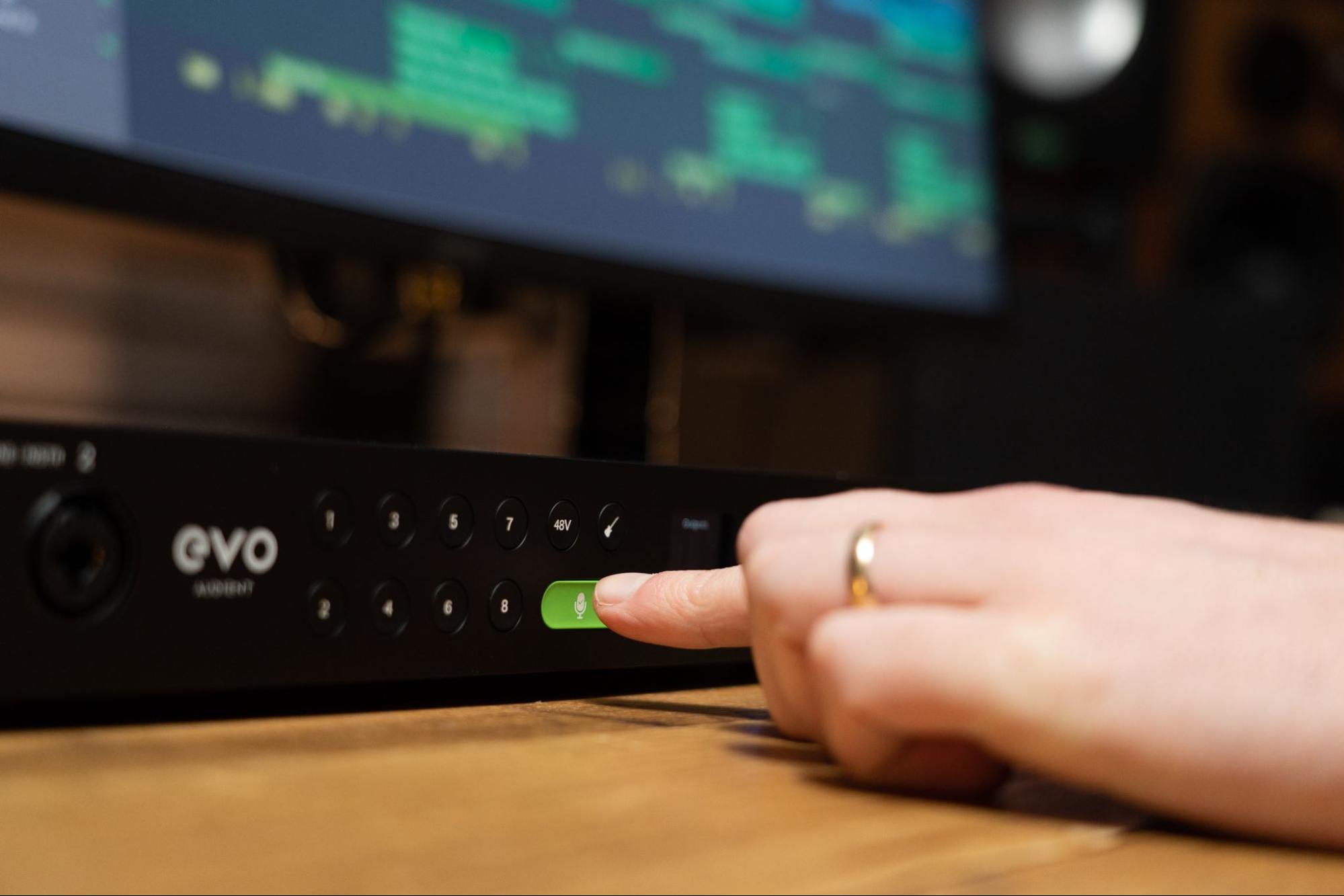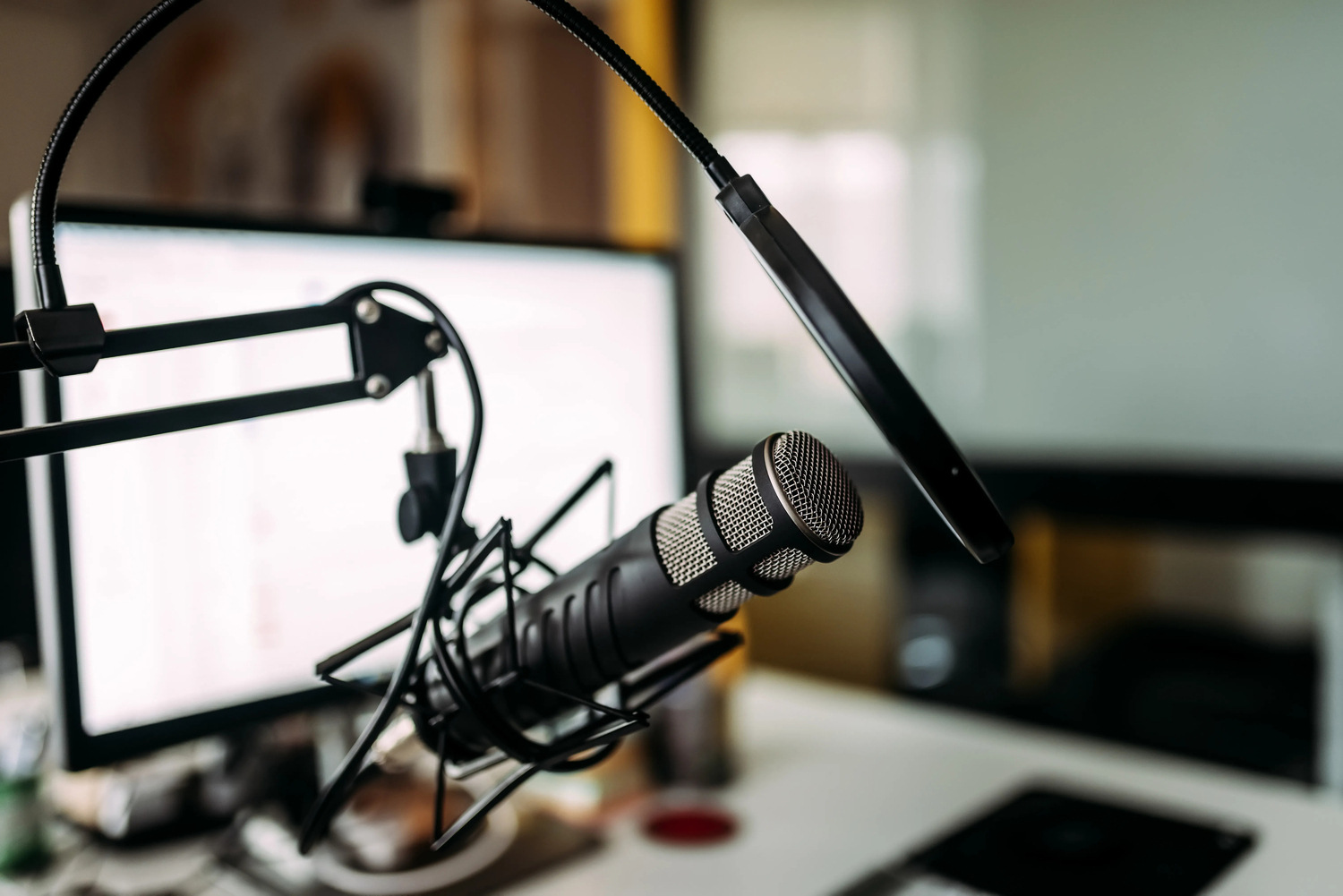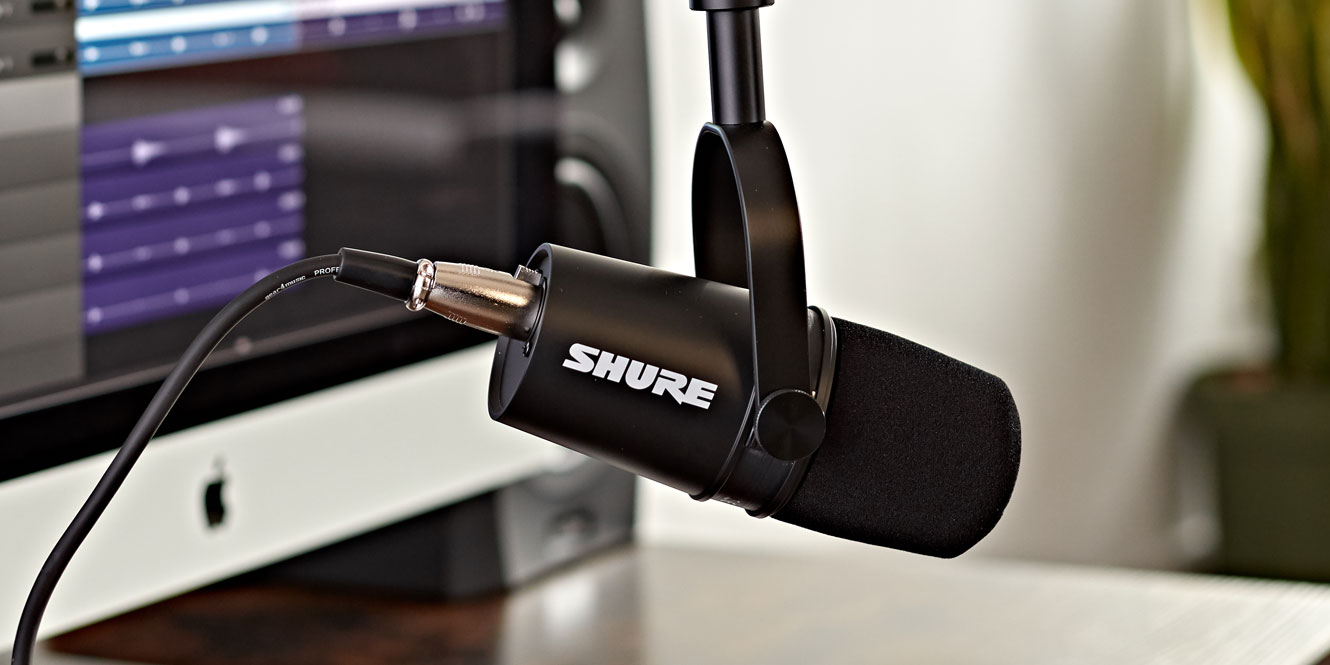Home>Devices & Equipment>Microphone>What Is A Calibration Microphone
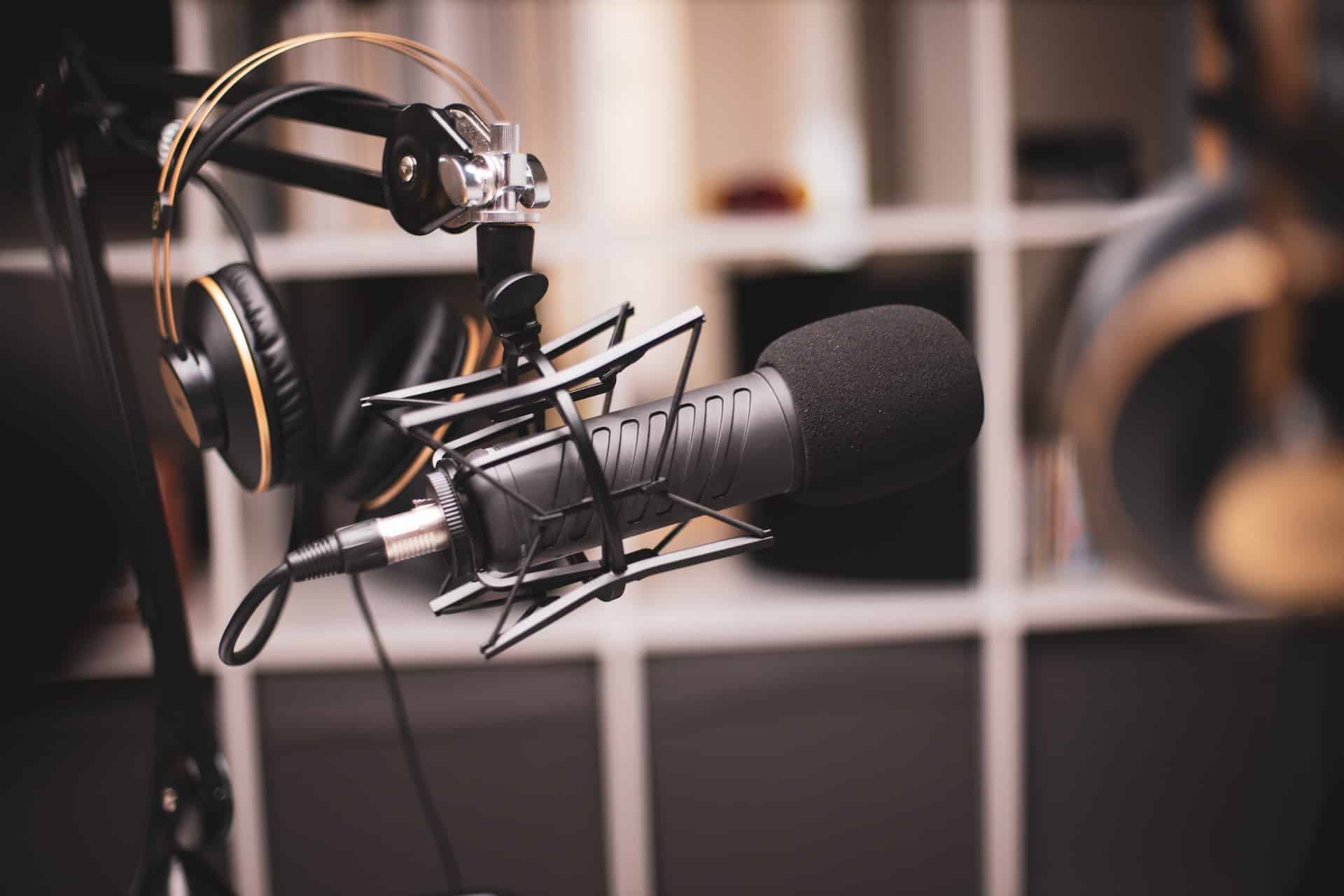

Microphone
What Is A Calibration Microphone
Modified: March 12, 2024
Learn about calibration microphones and their importance in ensuring accurate sound measurements. Find out how calibration microphones can optimize the performance of your microphone. Discover more about microphone calibration.
(Many of the links in this article redirect to a specific reviewed product. Your purchase of these products through affiliate links helps to generate commission for AudioLover.com, at no extra cost. Learn more)
Table of Contents
Introduction
Welcome to the fascinating world of calibration microphones! These remarkable devices play a crucial role in ensuring the accuracy and precision of sound measurements across various industries. Whether you're a professional audio engineer, a research scientist, or an acoustic enthusiast, understanding the significance of calibration microphones is essential for achieving reliable and consistent results in sound analysis and recording.
In this comprehensive guide, we will delve into the intricacies of calibration microphones, exploring their diverse applications, types, and the underlying principles that govern their functionality. By the end of this journey, you will gain a profound appreciation for the indispensable role that calibration microphones play in the realm of acoustics and sound engineering.
So, let's embark on this enlightening exploration to unravel the mysteries of calibration microphones and discover the profound impact they have on shaping our auditory experiences and scientific endeavors. Whether you're a seasoned professional or an aspiring enthusiast, this guide will equip you with the knowledge and insights needed to navigate the intricate landscape of calibration microphones with confidence and expertise.
What Is a Calibration Microphone?
A calibration microphone, also known as a reference microphone, is a specialized transducer designed to accurately measure and record sound pressure levels with exceptional precision and reliability. Unlike conventional microphones used for live sound reinforcement or studio recording, calibration microphones are meticulously crafted to adhere to stringent standards of sensitivity, frequency response, and stability, making them indispensable tools for acoustic measurements and calibration procedures.
At the heart of a calibration microphone lies a diaphragm that vibrates in response to incoming sound waves, converting acoustic energy into electrical signals. This fundamental process forms the basis for capturing and quantifying sound pressure levels across a broad spectrum of frequencies, enabling engineers, researchers, and audio professionals to conduct critical assessments of acoustic environments, audio equipment performance, and noise levels in various settings.
One of the defining features of calibration microphones is their exceptional accuracy and linearity, which are essential for generating precise measurements in diverse acoustic scenarios. These microphones are meticulously calibrated and characterized to ensure that their output faithfully represents the true acoustic pressure, allowing for reliable comparisons and assessments in fields such as environmental noise monitoring, room acoustics analysis, and audio equipment testing.
Furthermore, calibration microphones are often equipped with advanced features such as built-in preamplifiers, temperature compensation mechanisms, and protective enclosures to maintain their performance integrity in challenging operating conditions. Their robust construction and adherence to international standards make them indispensable for applications where the highest level of accuracy and consistency is paramount.
Whether it’s conducting acoustic surveys in urban environments, evaluating the performance of loudspeakers and microphones, or calibrating audio recording systems, the precision and reliability of calibration microphones are instrumental in facilitating groundbreaking research, fostering innovation in audio technology, and ensuring compliance with regulatory standards governing noise exposure and environmental impact.
Types of Calibration Microphones
Calibration microphones are available in various configurations, each tailored to address specific measurement requirements and environmental conditions. Understanding the different types of calibration microphones is crucial for selecting the most suitable device for a particular application. Here are some common types of calibration microphones:
- Externally Polarized Microphones: These microphones feature a backplate that is polarized externally, allowing for precise control over the diaphragm’s movement. They offer exceptional linearity and stability, making them ideal for high-precision measurements in controlled acoustic environments.
- Pre-Polarized Microphones: Pre-polarized microphones integrate a permanently charged backplate, eliminating the need for an external polarization voltage source. They are renowned for their ease of use and are well-suited for a wide range of acoustic measurements, including sound level monitoring and room acoustics analysis.
- Pressure-Field and Free-Field Microphones: These specialized microphones are designed to operate in distinct sound field conditions. Pressure-field microphones are optimized for close-proximity measurements, while free-field microphones excel in open-field environments, such as anechoic chambers and outdoor acoustic assessments.
- Low-Noise Microphones: Engineered to minimize internal noise and electronic interference, low-noise calibration microphones are indispensable for capturing low-level acoustic signals with exceptional clarity and fidelity. They are commonly employed in critical noise monitoring applications and precision audio measurements.
Additionally, calibration microphones may vary in terms of their size, frequency response characteristics, and compatibility with specific measurement instrumentation. Some models are designed for portable field measurements, while others are tailored for laboratory-grade acoustic analysis and calibration tasks.
By understanding the unique attributes and capabilities of each type of calibration microphone, professionals and researchers can make informed decisions when selecting the most appropriate device for their acoustic measurement needs. Whether it’s capturing the nuances of musical performances, conducting environmental noise assessments, or validating the performance of audio systems, the diverse array of calibration microphones available empowers users to achieve unparalleled accuracy and reliability in their sound measurement endeavors.
How Calibration Microphones Work
Calibration microphones operate on the fundamental principle of transducing acoustic energy into electrical signals with exceptional accuracy and linearity. At the core of their functionality lies a diaphragm, typically made of precision-engineered materials such as mylar or titanium, which exhibits minimal mass and exceptional rigidity to faithfully capture the nuances of sound pressure variations across the audible spectrum.
When sound waves impinge upon the diaphragm of a calibration microphone, it undergoes minute displacements in response to the fluctuating air pressure. This mechanical movement of the diaphragm induces a corresponding variation in the spacing between the diaphragm and the backplate, thereby modulating the capacitance of the microphone’s transducer element.
The changing capacitance resulting from the diaphragm’s movement is then converted into an electrical signal through sophisticated circuitry integrated within the microphone. This electrical output, typically in the form of a voltage or current signal, faithfully represents the instantaneous sound pressure level at the microphone’s location, providing a precise measurement of the acoustic phenomenon under investigation.
Furthermore, calibration microphones are characterized by their exceptional linearity, ensuring that the electrical output faithfully mirrors the true acoustic pressure levels across a broad frequency range. This linearity is achieved through meticulous design and manufacturing processes, coupled with advanced signal conditioning techniques, which minimize distortions and non-linearities in the microphone’s response.
Moreover, calibration microphones often incorporate advanced features such as built-in preamplifiers, anti-reflective coatings, and protective grids to enhance their performance and durability. These enhancements enable the microphone to maintain its accuracy and stability in diverse operational conditions, ranging from controlled laboratory environments to challenging outdoor measurements.
By harnessing the intricate interplay of precision engineering, acoustic transduction principles, and cutting-edge signal processing technologies, calibration microphones stand as indispensable tools for capturing, analyzing, and characterizing sound with unparalleled precision and reliability. Whether it’s conducting critical acoustic research, calibrating audio equipment, or ensuring compliance with regulatory standards, the exceptional performance of calibration microphones underpins a myriad of applications across the realms of science, engineering, and audio technology.
Applications of Calibration Microphones
Calibration microphones find wide-ranging applications across diverse fields, where the accurate measurement and analysis of sound phenomena are paramount. Their exceptional precision, stability, and linearity make them indispensable tools for a multitude of acoustic assessments, audio engineering endeavors, and environmental monitoring tasks. Here are some prominent applications of calibration microphones:
- Room Acoustics Analysis: Calibration microphones are utilized to characterize the acoustic properties of rooms, auditoriums, and performance spaces, enabling engineers and acoustic consultants to optimize sound reinforcement systems, minimize unwanted reflections, and enhance the overall listening experience for audiences.
- Environmental Noise Monitoring: In urban planning and environmental impact studies, calibration microphones play a pivotal role in assessing noise pollution levels, monitoring compliance with regulatory standards, and devising strategies to mitigate the adverse effects of excessive environmental noise on communities and ecosystems.
- Audio Equipment Calibration: Audio professionals rely on calibration microphones to validate the performance of microphones, loudspeakers, and recording systems, ensuring that these devices adhere to industry standards and deliver accurate, faithful sound reproduction in studio, live sound, and broadcast applications.
- Product Development and Testing: Manufacturers of audio equipment and consumer electronics leverage calibration microphones to conduct rigorous testing and evaluation of new products, verifying their acoustic performance, frequency response characteristics, and adherence to design specifications.
- Occupational Noise Exposure Assessments: Occupational health and safety professionals utilize calibration microphones to measure and assess workplace noise levels, safeguarding employees from excessive noise exposure and ensuring compliance with occupational noise regulations and guidelines.
- Acoustic Research and Education: In academic and research settings, calibration microphones serve as indispensable tools for conducting fundamental studies in acoustics, psychoacoustics, and sound perception, fostering advancements in audio technology and enriching our understanding of the complex nature of sound.
Furthermore, calibration microphones are instrumental in a wide array of specialized applications, including automotive noise testing, aerospace acoustic evaluations, and precision audio reproduction in high-fidelity audio systems and home theaters. Their versatility and reliability make them indispensable assets for professionals and researchers seeking to unravel the intricacies of sound and harness its transformative potential across diverse domains.
By empowering users with the means to capture, analyze, and interpret sound with unparalleled accuracy and fidelity, calibration microphones stand as indispensable instruments driving innovation, scientific discovery, and the pursuit of sonic excellence across the realms of science, engineering, and the arts.
Choosing the Right Calibration Microphone
When selecting a calibration microphone for a specific application, several key factors must be carefully considered to ensure optimal performance and compatibility with the intended measurement tasks. The following considerations are essential for choosing the right calibration microphone:
- Measurement Requirements: Assess the specific acoustic parameters that need to be measured, such as sound pressure levels, frequency response characteristics, and environmental conditions. Different calibration microphones are designed to excel in distinct measurement scenarios, ranging from high-precision laboratory measurements to field assessments in challenging outdoor environments.
- Calibration Standards: Verify that the selected microphone complies with relevant international standards and traceable calibration procedures. Adherence to established standards ensures the reliability and accuracy of the measurement results, facilitating comparability and consistency across different measurement setups and locations.
- Compatibility with Measurement Equipment: Ensure that the calibration microphone is compatible with the measurement instrumentation and data acquisition systems being used. Factors such as signal conditioning requirements, microphone sensitivity, and connector types should align with the capabilities of the measurement equipment to facilitate seamless integration and reliable operation.
- Environmental Considerations: If the intended measurements involve challenging environmental conditions, such as high humidity, extreme temperatures, or exposure to contaminants, select a calibration microphone with robust construction, protective enclosures, and suitable environmental ratings to ensure reliable performance and longevity in demanding operational settings.
- Frequency Range and Linearity: Evaluate the frequency response characteristics and linearity of the calibration microphone to ensure that it can accurately capture sound across the desired frequency range with minimal distortions or deviations. The ability to maintain linearity and fidelity across a broad spectrum of frequencies is crucial for achieving accurate and reliable measurement results.
Additionally, factors such as budget constraints, ongoing maintenance requirements, and the availability of technical support and calibration services should also be taken into account when choosing a calibration microphone. By carefully evaluating these considerations and consulting with experienced professionals or reputable suppliers, individuals and organizations can make well-informed decisions to select a calibration microphone that aligns with their specific measurement objectives and operational needs.
Conclusion
In conclusion, calibration microphones stand as indispensable tools in the realm of acoustics, sound engineering, and scientific research, playing a pivotal role in facilitating precise and reliable measurements of sound pressure levels, frequency responses, and environmental acoustic conditions. Their exceptional accuracy, linearity, and stability empower professionals, researchers, and audio enthusiasts to unravel the complexities of sound and harness its transformative potential across diverse applications.
From conducting critical acoustic assessments in controlled environments to monitoring environmental noise levels in urban settings, calibration microphones serve as trusted companions, enabling users to capture, analyze, and interpret sound with unparalleled precision and fidelity. Their diverse applications encompass room acoustics analysis, audio equipment calibration, environmental noise monitoring, and product testing, reflecting their versatility and indispensable role in shaping the auditory experiences of individuals and the performance of audio technologies.
When selecting a calibration microphone, careful consideration of measurement requirements, calibration standards, compatibility with measurement equipment, environmental considerations, and frequency range characteristics is essential to ensure optimal performance and reliability. By adhering to established standards and consulting with knowledgeable professionals, users can navigate the intricate landscape of calibration microphones with confidence, selecting the most suitable device for their specific measurement tasks and operational needs.
As we continue to push the boundaries of scientific discovery, technological innovation, and artistic expression, the enduring significance of calibration microphones as instruments of precision and fidelity remains unwavering. Their ability to capture the nuances of sound with unwavering accuracy and reliability positions them as invaluable assets in the pursuit of sonic excellence and the advancement of acoustical knowledge.
In essence, the profound impact of calibration microphones reverberates across the realms of science, engineering, and the arts, enriching our understanding of sound and empowering us to create, analyze, and appreciate the intricacies of the auditory world with unparalleled clarity and depth.

